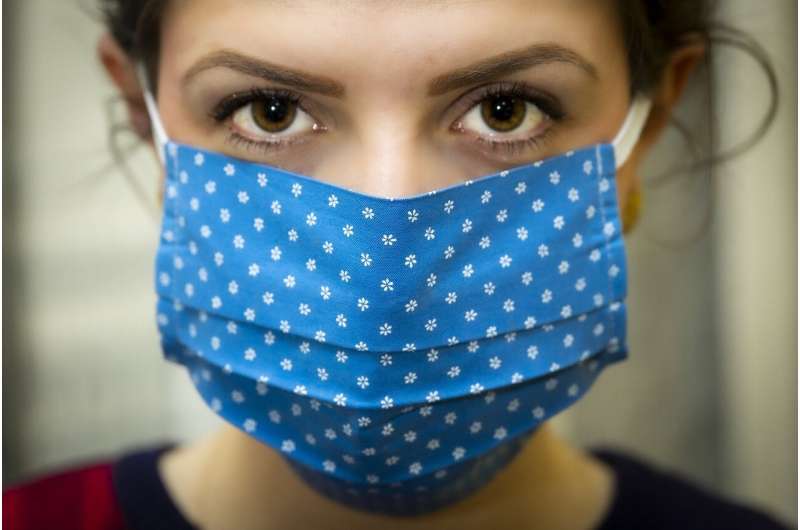
Variation in national and international guidelines on respiratory protection has created confusion among healthcare professionals, according to new research presented at this year’s European Congress of Clinical Microbiology & Infectious Diseases (ECCMID), held online this year (9-12 July).
Differences in guidelines on the use of surgical masks and respirators in different countries and organizations during a fast-moving situation such as pandemic may lead to confusion and anxiety among healthcare professionals, as well as a lack of trust in the ability of the devices to prevent the transmission of SARS-CoV-2.
Dr. Gabriel Birgand of Imperial College London, London, U.K., and colleagues analyzed the guidelines for infection prevention and control published by leading organizations and agencies in the U.K., France, Germany and the U.S. from 1 January to 31 December 2020, noted the variations and looked at the potential reasons for them.
Guidelines from two international organizations, the World Health Organisation (WHO) and the European Centre for Disease Prevention and Control (ECDC), were also included. Monthly checks of official websites led to 114 different guidelines being collected, of which 59 covered respiratory protection in hospitals and were included in the analysis.
The team then extracted the following data for each of the 59 guidelines: name of the organis
ation; date of publication; type of respiratory protection recommended; indication for use; and lists of aerosol-generating procedures (AGP).
Two types of respiratory protection were recommended—surgical face masks (SM) and respirators (N95/99, FFP2/3). The indications for use of surgical face masks were divided into three categories:
- Contact with suspected or confirmed cases only.
- Targeted continuous use (SM worn by all healthcare professionals during their entire shift in clinical areas, including areas with non-COVID-19 patients).
- Universal face masking (SM worn by all healthcare professionals from entering the hospital).
The three indications for respirator use were:
- Contact with suspected or confirmed cases.
- Targeted continuous use in high-risk areas.
- During AGP only.
Initial guidelines in all four countries recommended respirators be used by healthcare professionals in direct contact with suspected or confirmed COVID-19 cases. (see graphics on poster—see link below).
Early in February 2020, the ECDC and WHO highlighted that the main mode of transmission was through droplets and the risk of airborne transmission was mostly present during AGP.
On February 10, the ECDC accepted that SM could be worn when caring for COVID-19 patients when respirators were not available. Respirators, however, should still be worn for AGP. The Centers for Disease Control and Prevention (CDC) echoed this guidance in the U.S. a month later. Germany, however, continued to recommend that respirators be used when caring for all suspected and confirmed cases of the virus.
Late in February, the WHO become the first to recommend that SM be worn when caring for all patients with suspected or confirmed cases of the virus, limiting the use of respirators to AGP. France quickly followed this strategy.
This meant the four countries had different strategies for respirator use. Germany was using them on all COVID-19 cases and suspected cases, while France was using them exclusively on AGP. The U.S. was taking a flexible approach, using surgical masks when respirators weren’t available and the U.K. had a unit-based strategy, using respirators in high-risk units such as intensive care wards for COVID-19 patients.
Germany was the first country to introduce universal face-masking, on 22 March, followed by the U.S. on 13 April and France on 6 May. The U.K. waited until the 20 August to bring in the measure. The authors say that shortages of SM and uncertainty surrounding asymptomatic transmission of COVID-19 may explain some of the delays in following Germany’s example.
The definition of what constituted an AGP varied between countries, organizations and over time. In all, 13 different guidelines defined AGPs, providing lists of three to 14 procedures. Intubation/extubation and bronchoscopy featured the most often. The authors say that more research is needed to clearly define both what constitutes an AGP and the level of risk of individual procedures.
They conclude that shortages of equipment and lack of scientific knowledge about the virus may have contributed to the variation in guidelines.
Source: Read Full Article
